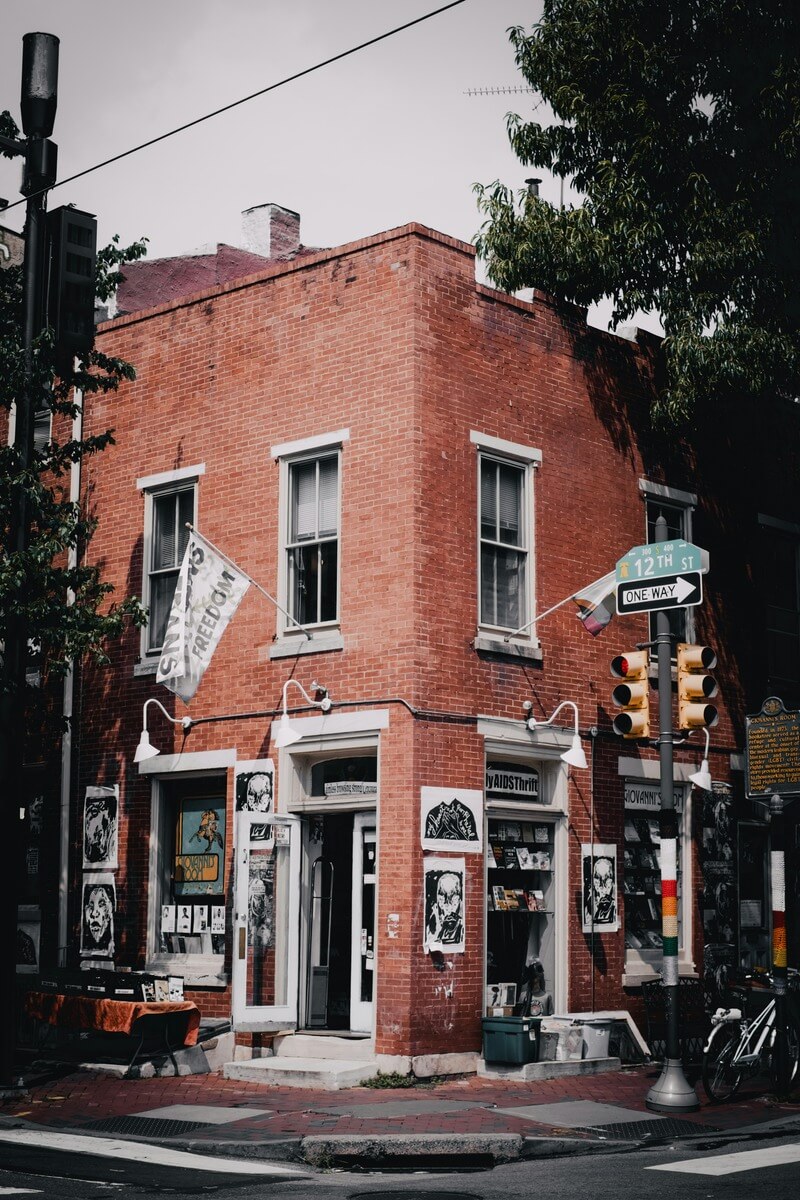Post-Flood Mold Remediation: Steps for Commercial Properties
Emergency flood or pipe-burst? Take these steps immediately to minimize damage.

Commercial Flood Mold Remediation: A Step-by-Step Guide
Flooding can be devastating for commercial properties, causing extensive water damage and creating the perfect conditions for mold growth. Mold can begin developing within 24 to 48 hours after water exposure, making rapid response critical to preventing costly remediation and potential health risks. This guide outlines the essential steps business owners and property managers should take to remediate mold following a flood.
Why Mold Grows After a Flood
Floodwaters introduce excessive moisture into a building, saturating walls, floors, and ceilings. If not dried properly, this moisture creates an environment where mold spores thrive. Factors that contribute to mold growth post-flood include:
- Standing water and high humidity
- Water-soaked building materials
- Poor ventilation and airflow
- Contaminants and organic debris from floodwaters
Immediate Steps to Take After a Flood
1. Ensure Safety First
- Turn off electricity in flooded areas to prevent electrocution hazards.
- Wear protective gear such as gloves, masks, and waterproof boots.
- If structural damage is severe, consult a professional before entering the building.
2. Remove Standing Water
- Use pumps, wet vacuums, or professional extraction services to remove standing water.
- Open windows and doors to promote air circulation.
3. Dry Out the Property
- Use industrial fans and dehumidifiers to speed up the drying process.
- Remove and discard water-damaged carpets, insulation, and drywall.
- Keep air conditioning running to help control humidity levels.
4. Assess Mold Growth
- Conduct a visual inspection for mold on walls, ceilings, and furniture.
- Musty odors are a common sign of hidden mold.
- If mold is suspected but not visible, consider professional mold testing.
Professional Mold Remediation Steps
If mold is present, professional remediation is necessary to prevent further damage and health hazards. The process typically includes:
1. Containment of Affected Areas
- Seal off mold-infested areas with plastic sheeting to prevent spores from spreading.
- Use negative air pressure machines to contain airborne mold particles.
2. Mold Removal and Cleaning
- Scrub non-porous surfaces with mold-killing solutions.
- Remove and discard porous materials like drywall and insulation if mold penetration is severe.
- Use HEPA vacuuming to capture mold spores.
3. Air Filtration and Decontamination
- High-efficiency particulate air (HEPA) filters and air scrubbers help remove mold spores from the air.
- Disinfect surfaces with antimicrobial treatments.
4. Moisture Control and Prevention
- Identify and repair leaks or structural weaknesses that allow moisture infiltration.
- Maintain humidity levels below 50% using dehumidifiers.
- Improve ventilation in high-moisture areas, such as basements and restrooms.
Preventing Future Mold Issues
After remediation, property managers and business owners should take preventative measures to avoid future mold growth:
- Conduct regular building inspections for leaks and water damage.
- Install waterproof barriers in flood-prone areas.
- Maintain HVAC systems to ensure proper airflow and humidity control.
- Educate staff on early mold detection and prompt reporting.
Conclusion
Floods pose a significant mold risk for commercial properties, but prompt action can minimize damage and health hazards. By quickly removing water, maximizing air circulation, drying affected areas, and following professional mold remediation steps, businesses can restore their properties safely and effectively. Investing in preventative measures can further protect commercial spaces from future mold outbreaks. If you suspect mold growth post-flood, seek professional remediation services to ensure a thorough and lasting solution.
.jpg)
Top Shelf Mold Removal
Our goal is to treat Philadelphia homes at an affordable cost to make happier, healthier communities.
Get a free quote today.

.png)
